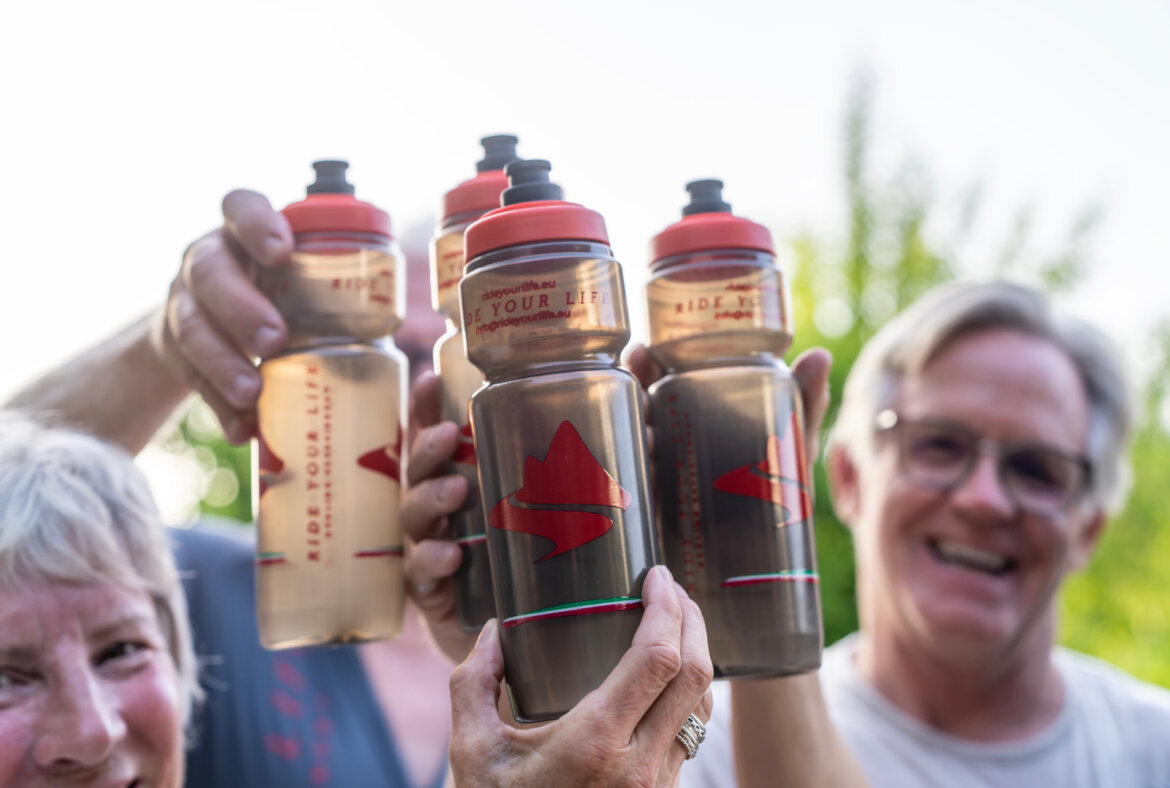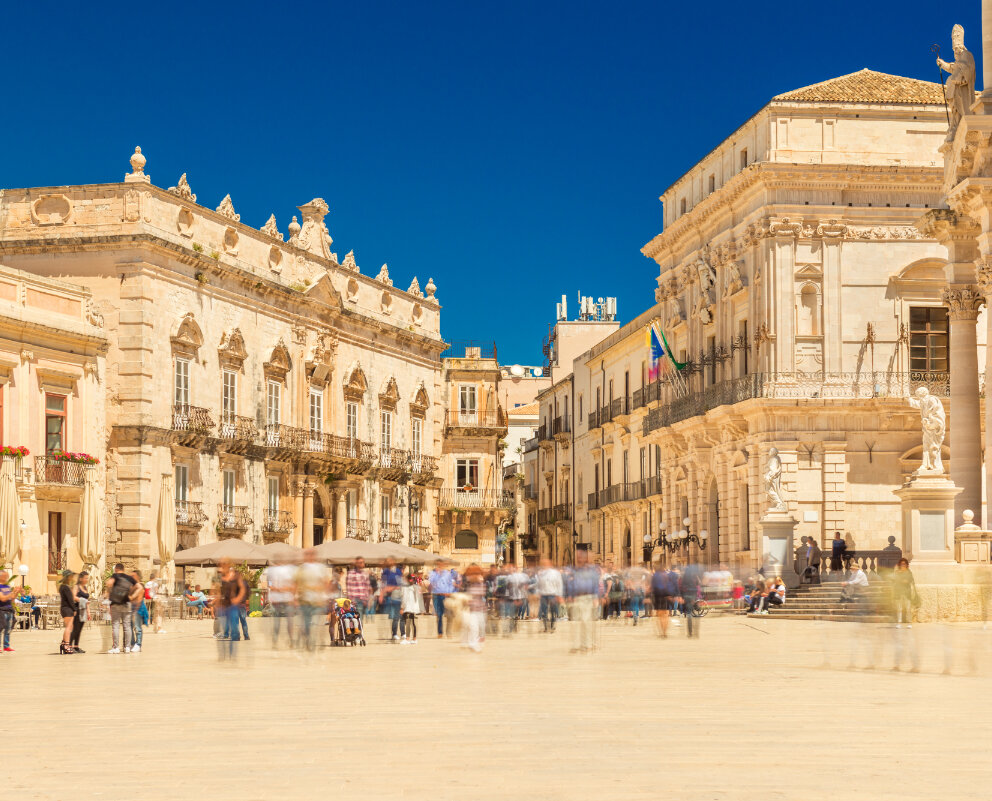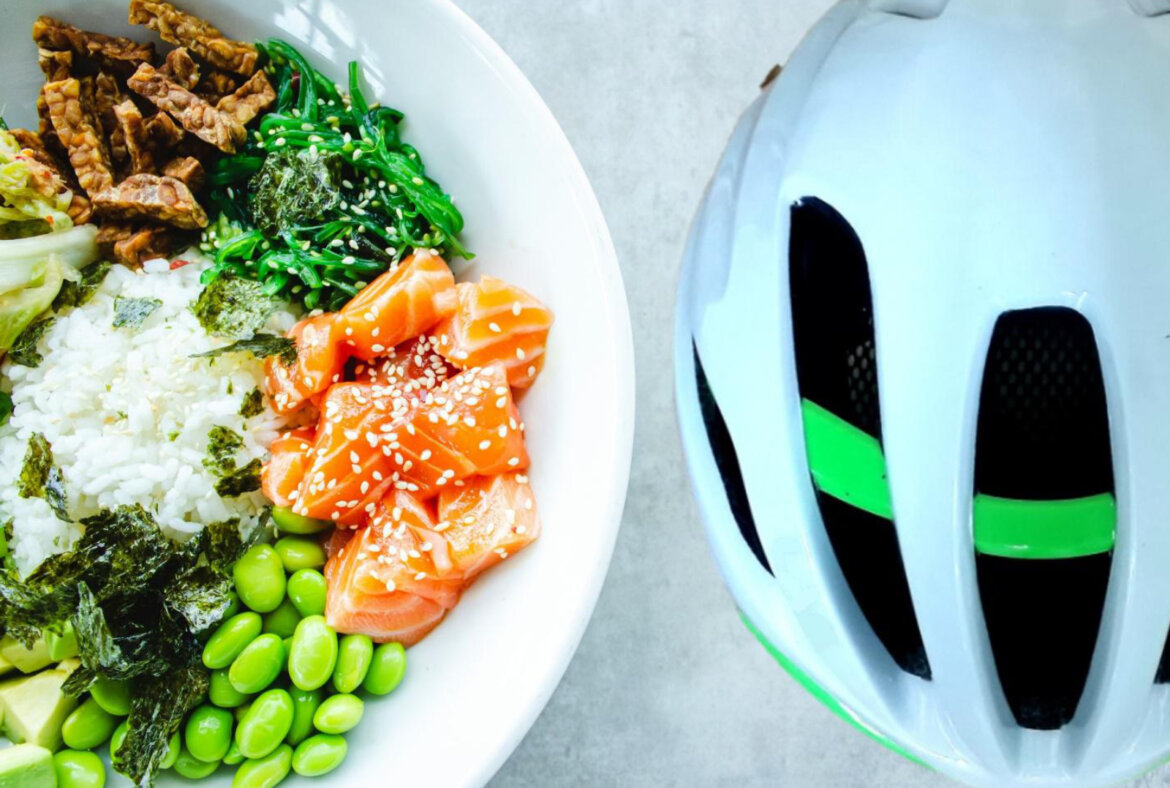Staying hydrated during a bike ride is crucial. While water is sufficient for basic hydration, a cycling recovery drink replenishes essential sugars and minerals lost during exercise. Ignoring this can compromise your performance at any level, increase the feeling of tiredness, limit training gains, and prolong the recovery process.
With the human body composed of approximately 60% water, it should be no surprise that you need to keep it topped up with fluids to perform optimally. While the market offers high-quality recovery drinks, we are going to share a simple recipe for a homemade cycling recovery drink.
Why hydration matters
Studies reveal that even minimal fluid losses can significantly impact your cycling performance. Even a 2% drop in body weight due to sweating can noticeably impair performance.
Sometimes you see beginners who want to lose weight, punishing themselves by running under the sun in non-breathable clothing, like rain jackets. Don’t do this! Not only do you risk heat stroke, but you also won’t achieve your weight loss goal. Any weight loss immediately after the session will only be due to precious fluids lost.
Monitoring hydration
Weigh yourself daily; if you’re already lean, significant sudden drops in weight likely indicate a need to increase fluid intake. You can also monitor the color of your urine: it should be pale or transparent. If it’s any darker, you need to drink more.
Daily drinking
Before considering what, when, and how much to drink on the bike, ensure you stay well-hydrated all the time. This will make maintaining optimal hydration levels while riding much easier. Monitor your hydration levels and aim to drink 2-3 liters of fluids a day, whether you’re riding or not. Fruit and vegetable juices, sports drinks, water, and tea all count towards this target.
What about before a ride?
If you are well hydrated, there is no need to drink excessively the 5 night before or in the hours leading up to a ride. Drinking too much will only guarantee early and frequent “comfort breaks”. In the two hours leading up to a long ride, sip on 500-750 ml of an electrolyte drink.
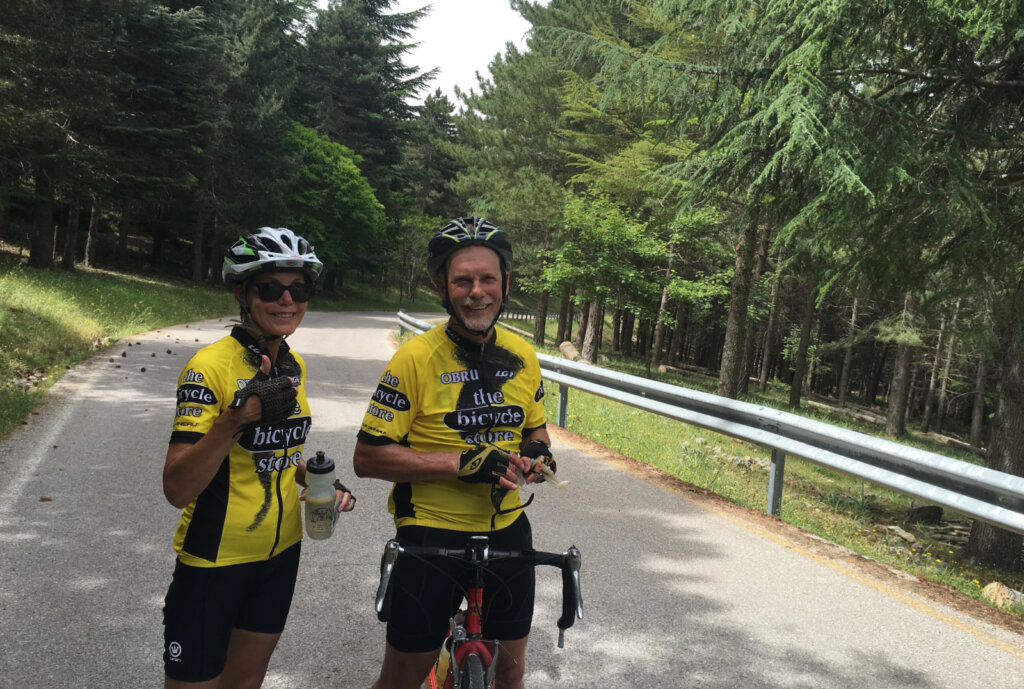
How much to drink on the bike
Obviously, hydration needs depend on weather conditions and riding intensity. Most riders will typically lose 500-1000 ml of fluid per hour. You should aim to rehydrate at least 75% of that amount.
When to drink on the bike
The key point to remember is not to wait until you’re thirsty but to drink little and often right from the start of your ride. Aim to take 2-3 good-sized gulps from your bottle every 10-15 minutes from the moment you set off.
Don’t forget your protein drink at the end of a long ride either. No matter how careful you’ve been with your hydration, especially on a hot day, you’re likely to be dehydrated. In addition to providing the protein needed to kickstart your recovery, the fluids and electrolytes in a recovery drink are essential.
What to drink on the bike
For rides of under 60 minutes, plain water is fine. However, for longer rides or in hot conditions, you’ll want to add electrolytes. Plain water can cause you to feel bloated and reduce your desire to drink before fluid losses have been replaced.
Electrolytes are salts that include sodium, potassium, calcium, and magnesium. They are lost in sweat, are essential for normal cellular function, and must be replaced. While drinking water is crucial, if you’re not also consuming adequate electrolytes, you can dilute and disrupt the balance of your body’s fluids.
Most commercially available cycling recovery drinks have the correct balance of electrolytes. If you don’t want to use drinks to take on calories, effervescent electrolyte tablets without any carbohydrates are also available.
For longer rides, it makes sense to combine hydration with calorie intake. Such a drink is called a sports drink (or isotonic drink). Small quantities of carbohydrates (up to 30 grams per hour) may improve performance in exercises lasting 30–75 minutes. It is recommended to consume up to 60 grams of carbohydrates per hour when training for 2–3 hours. 500 ml of a typical sports drink mixed at 6% will give you around 36 grams of carbohydrates.
What’s important is to experiment with different drinks during training to find a product that you tolerate well.
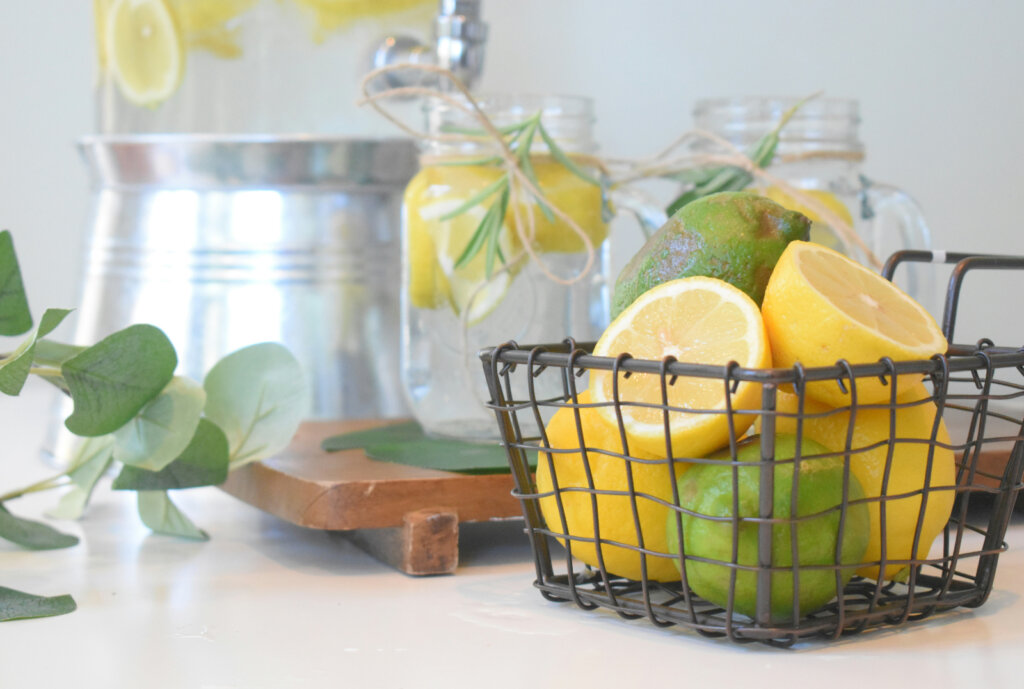
A homemade cycling recovery drink that will improve your performance
In the market, you’ll find plenty of great ready-to-use recovery drinks. Here, we are glad to share a simple and efficient recovery drink that you can easily prepare at home before your ride. You can use it instead of ready-made products to enjoy the natural ingredients and avoid processed ones.
Honey and lemon cycling recovery drink
Ingredients: 2-3 cups of water, 2-3 tbsp of honey, juice of half a lemon, and a pinch of salt.
Mix all ingredients together. You can add some strawberries: in this case, put all ingredients in the blender and blend them until smooth.
Some tips
Use high-quality mineral or filtered water.
The squeezed fruit quickly loses its nutritional value: try not to make a cycling recovery drink many hours before your activity.
If you use cold water, it will be difficult to dissolve the honey, so it is best to dissolve it in a small amount of heated water. Try not to exceed 40°C, as you will lose its benefits.
Enjoy a great and safe ride, whether you’re with Ride Your Life or not.

Biologist and Nutritionist
Experienced in Sport Nutrition
Discover your next adventure: explore our tours
Beyond the Climb. A Ride Your Life Dolomites Cycling Experience
Disconnect from the noise. Reconnect with yourself. Ride the mountains, and let the journey move you, inside and out.
Dolomites Training Camp
Whether you're new to cycling or a seasoned racer, our Ride Your Life Dolomites Training Camp in Italy's stunning Alta Badia and Val Gardena offers the perfect blend of expert training, cozy accommodations, and delicious local cuisine. Improve your technique and nutrition while enjoying massage facilities and the local culture. Elevate your cycling skills in…
Puglia Bike Tour
An easy bike trip in Puglia where sun, sea, great cousine and relaxation beautifully mix.
Piedmont Bike Trip
Piedmont bike trip through vineyards, small villages and the Langhe hills.

